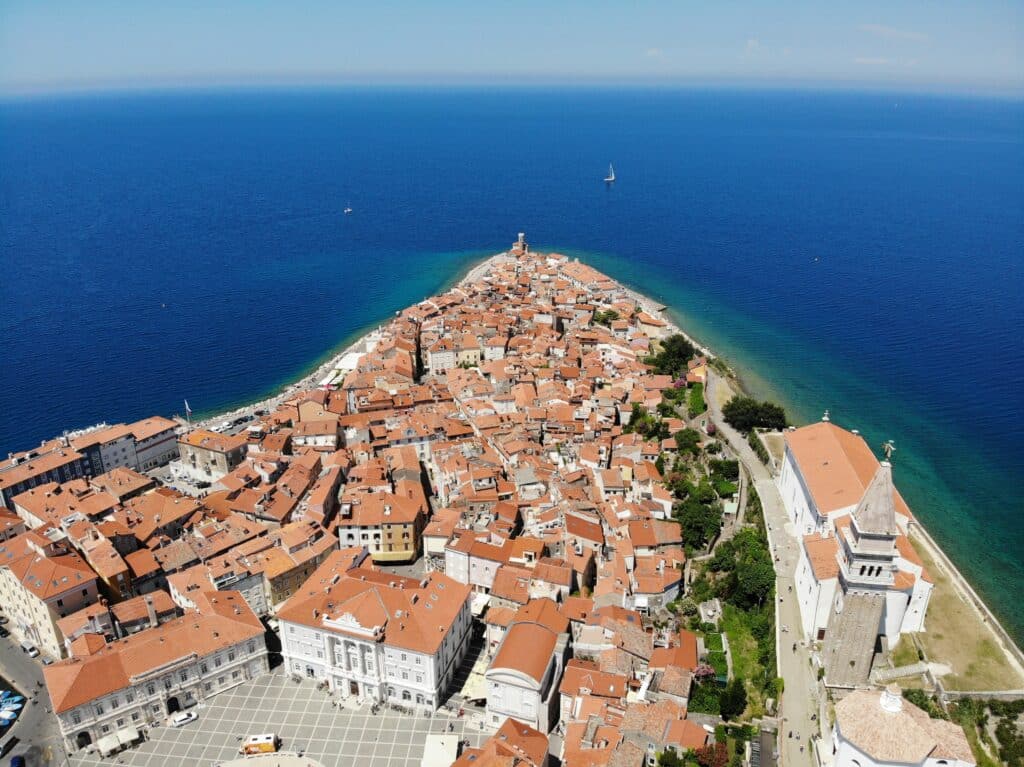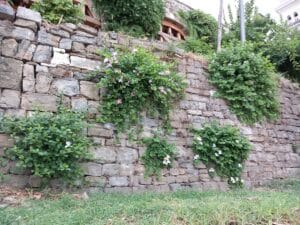The Science
The CCLLs, using the guidance and methodologies of SCORE, worked with stakeholders to co-create a list of priority Ecosystem-Based Adaptations (EBAs) to enhance climate resilience in their communities. EBAs, sometimes referred to as Nature-Based Solutions (NBS) are types of green infrastructure (i.e., green parks, marram grass, etc.). These adaptation approaches focus on ecosystem restoration and enhancement of ecosystem services to protect society against negative impacts of climate change. The ZRS Koper team within SCORE, co-developed the SCORE EBA Catalogue to educate stakeholders at these workshops and present best-practice examples of EBA implementation across Europe.
The EBA prioritisation workshop centered around what is referred to as a Multi-Criteria Analysis (MCA). The MCA framework has been designed to allow stakeholders to evaluate EBAs based on their economic, social, and environmental value, and ultimately creating a prioritised list of EBAs that the community has jointly agreed are most valuable.

created by dji camera
Piran CCLL & EBAs
The Piran CCLL served as a leading example of successfully implementing the MCA workshop as part of their Living Lab. Piran is a historic town, with an extensive cultural heritage, which faces severe freshwater shortages during summer. These unique circumstances posed unique opportunities for climate adaptation. Through the MCA process, Piran CCLL amongst planting trees prioritised rainwater collection through historic cisterns, as well as emphasised the importance of existing traditional practices, such as water-permeable pavements and dry-stone wall techniques to be implemented in small patches of available green areas, as impactful potential EBA solutions. Notably, the selected EBAs were different than initially identified in the project planning, showing the value of stakeholder input. The engagement of conservation experts and historians further enriched the decision-making process, ensuring that climate adaptation measures aligned with cultural preservation goals. The Piran CCLL recognised the potential for revitalising historical infrastructure in general for modern climate adaptation strategies.
“We are trying to find a middle way, as a partner in the CCLL… it is good that we are there, we are having the role as being the catalyst and trying to listen to all the voices and then try to find the middle floor going forward… We are trying to moderate it in a constructive collaboration in the CCLL.” – Cécil Meulenberg, ZRS Koper, Piran CCLL
Impact of Co-Creation
Following this prioritisation, the Piran CCLL took the research a step further and conducted a cost-benefit analysis for these adaptation measures to better understand the implications of this work. Local stakeholders were incredibly necessary in this process due to cultural heritage regulations. Specifically, in Piran, non-invasive methods must be used to assess infrastructure like rainwater collectors and water-permeable pavements before renovation. Archival research and historical literature helped locate blueprints and construction details, bridging historic research with urban climate adaptation. This work engaged authorities, historians, and citizens, fostering renewed interest in the town’s heritage while enhancing climate resilience and maintaining its tourist appeal.
This work by the Piran CCLL showed the importance of tailoring EBA strategies to the specific geographical, social, and cultural context. While nature-based solutions are widely recognised for their environmental benefits, their successful implementation depends on community engagement and historical continuity, making Living Labs the key environment to engage with these activities.

